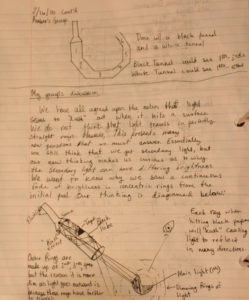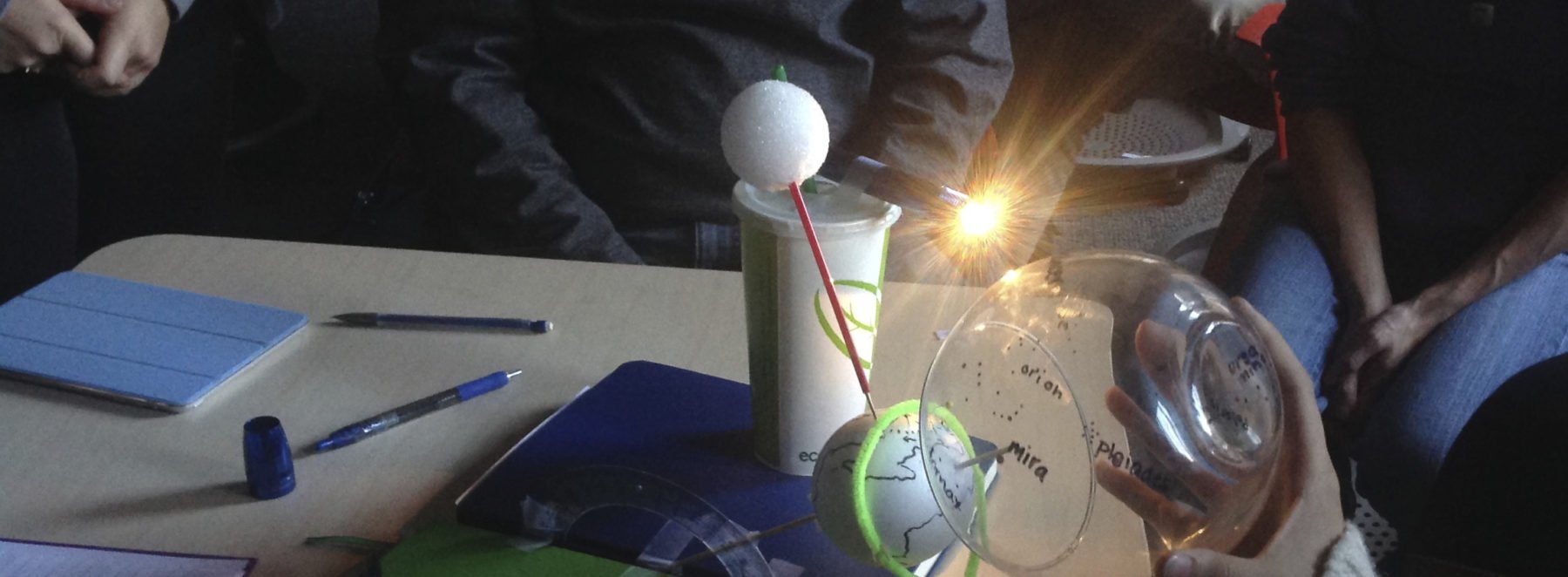
“When we set up notebooks in this way, students quickly adopt a scientific approach to notebooks in that they make inferences, show evidence of metacognition, use the notebooks to better communicate with one another, and utilize diagrams (Atkins & Salter, 2011). Students come to see their notebooks as a way to learn and not simply as a way to record what is already known.” –Chapter 1, Composing Science
Click here for lesson plan: “Getting Started With Notebooks” (note: may take a minute to open as this plan includes images of scientist’s notebooks.)
Take-Home Messages for “Student Notebooks”
- Requiring a highly structured student notebook neither replicates the way in which notebooks are used in scientific discovery, nor allows the teacher to anticipate in advance the creative and idiosyncratic ways in which students will generate and trace ideas. When the teacher engages students in understanding the role that notebooks play in science (by providing students with images of scientists’ notebooks and leading a discussion about their purpose), students can develop notebooks that fill that role without having to adhere to formulaic structures.
- Notebooks are a place where students have the freedom to try on ideas without being afraid of being judged if those ideas are wrong. Grading notebooks should honor that: Do not grade on whether a student has a correct idea; instead, grade students’ ability to articulate their ideas and observations, and the ideas and observations of their peers.
- For many students, notebooks play a critical role in idea development. Ideas, observations, models, theories, and diagrams collide within a notebook, and students wrestle with them as they write to learn. This kind of informal writing is, in large part, what we mean by “writing” in the scientific disciplines.
- Writing in one’s notebook constitutes a form of participation by allowing quiet students (like Emma) a safe place to disagree privately. It allows instructors a window into the minds of students who are thinking and learning but not speaking.
